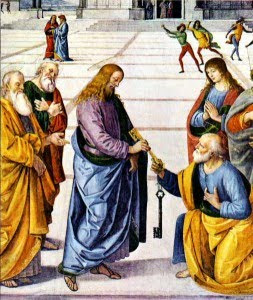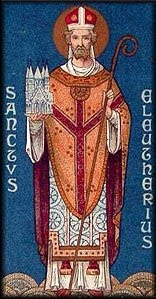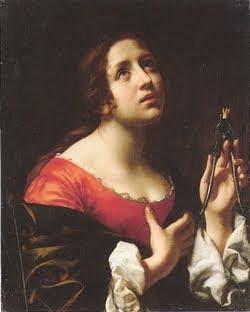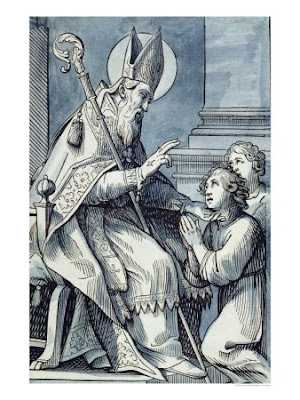St. Polycarp

Imagine being able to sit at the feet of the apostles and hear their stories of life with Jesus from their own lips. Imagine walking with those who had walked with Jesus, seen him, and touched him. That was what Polycarp was able to do as a disciple of Saint John the Evangelist. But being part of the second generation of Church leaders had challenges that the first generation could not teach about. What did you do when those eyewitnesses were gone? How do you carry on the correct teachings of Jesus? How do you answer new questions that never came up before? With the apostles gone, heresies sprang up pretending to be true teaching, persecution was strong, and controversies arose over how to celebrate liturgy that Jesus never laid down rules for. Polycarp, as a holy man and bishop of Smyrna, found there was only one answer -- to be true to the life of Jesus and imitate that life. Saint Ignatius of Antioch told Polycarp "your mind is grounded in God as on an immovable rock." Whe...























